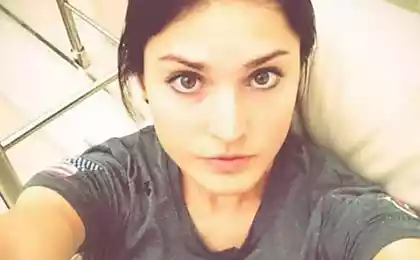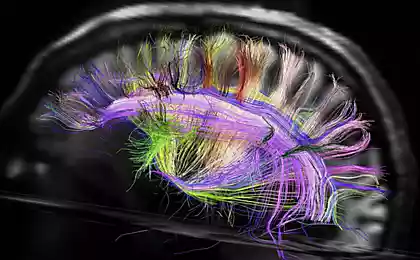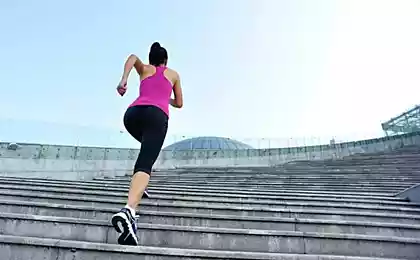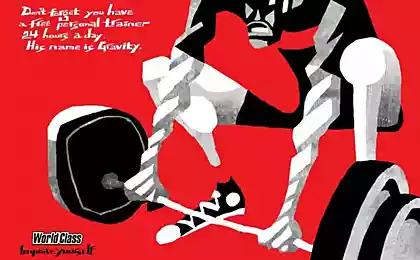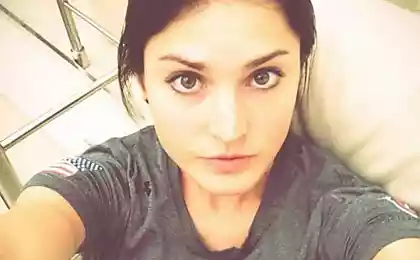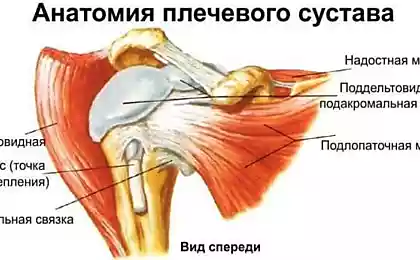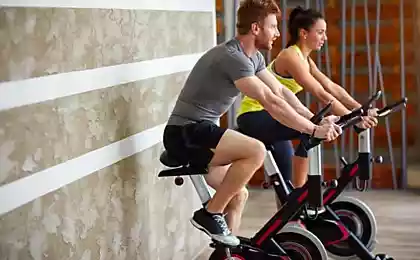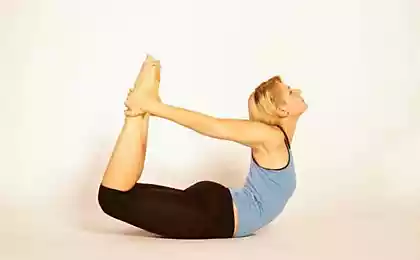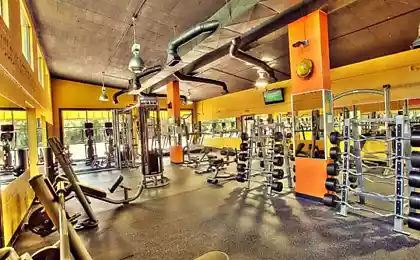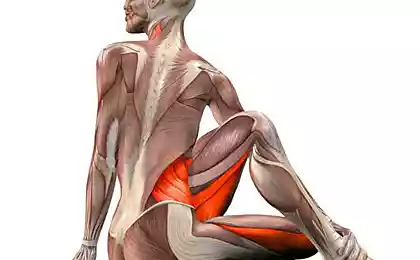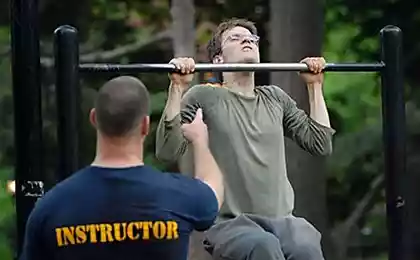638
Fitness for problem zones: the main mistakes
Beautiful figure is not worth your health, appetizing buttocks and a wasp waist are not thwarted by the waist and diseased knees. I'll tell you about the main mistakes in the basic exercises to fitness for problem zones has done you good, not harm.
As this is fitness for problem areas, emphasis is placed on the stomach, hips, buttocks, thighs and triceps. And in order to workout was effective and safe, you need to know which errors are these exercises.
Fitness for problem zones requires attention not only to those areas on which we will work. When we dream about the elastic buttocks and sweat in training for the relief of the triceps, we often completely forget about those areas of the body that must protect from injury. The most vulnerable of them is the knees and the spine, especially the lower back. There's a simple explanation: working with the buttocks and hips, we do a lot of different slopes and flexions of body and legs, and the wrong accent could easily move the load, for example, from the buttocks to the lumbar vertebrae.
Whatever activity you may perform, body always tries to involve all resources and all your muscles. But if we want to get fitness for problem zones, you need to follow the main principle — to isolate the right muscles and only work them. For example, if the exercise is aimed at stretching the gluteal muscles, you can not help yourself by bending the lower back. This not only will minimize the effect of exercises but also can hurt.
So, what mistakes should not be allowed in the fitness for problem zones? Let us examine the basic exercises.
1. Tilt bodyArea: back, buttocks, posterior surface of the thighs.
Technique: stand straight, place your feet hip distance apart, fold your hands behind your head. Slightly bending the knees, lean forward to the point, while the back will remain flat.
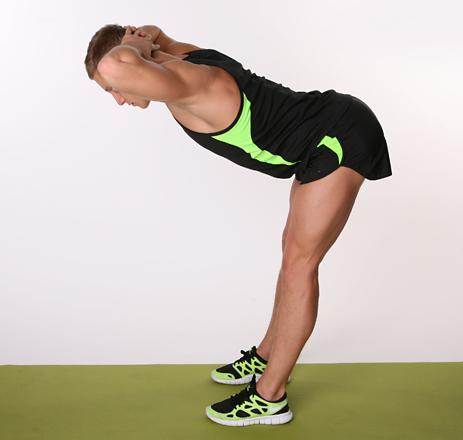
Error: Kruglaya the back, you risk to stretch or tear the muscles of the back, waist and neck, and straightening legs to stretch the hamstring ligament.
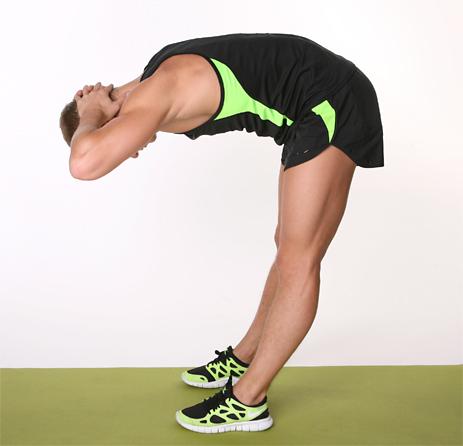
2. SquatsZone: hips, buttocks, back.
Technique: stand straight, fold your hands behind your head and, averting the pelvis back, bend your knees to right angle. The knees should move in the same direction, where the deployed foot. Pull the elbows back — this will help keep the back in a level position.
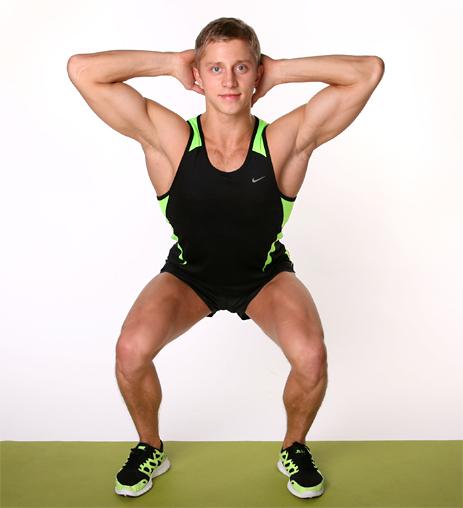
Error: Kruglaya the back, you risk to stretch or tear the muscles of the back, and taking the knees inward to overload the patellar ligament.
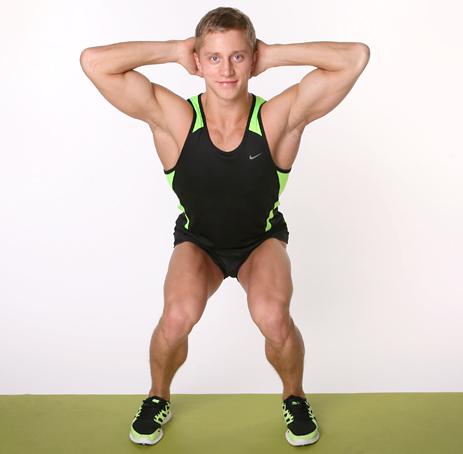
3. Squats in the lungeArea: the buttocks, back and front thighs, abs, back.
Technique: take a lunge forward, lock the knee of the front leg above the heel, expand the heel of the back leg to the ceiling, draw the abdominal muscles, not bending at the waist. Slightly averting the pelvis back, lower knee of the back leg to the floor by tilting your body forward and without bending your waist.
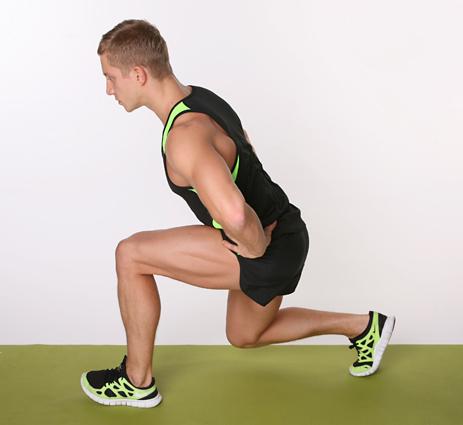
Error: if you get the knee of the front foot forward a foot and Kruglaya the back, there is a danger of damaging the knee ligaments and back muscles.
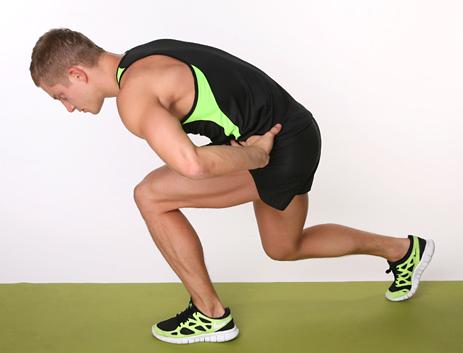
4. PlanckAreas: abs, back, arms, buttocks.
Technique: take the emphasis lying with support on elbows and socks, put your forearm forward. Draw the abdominal muscles, stretching the lower back and slightly Kruglaya the entire rear surface of the body.
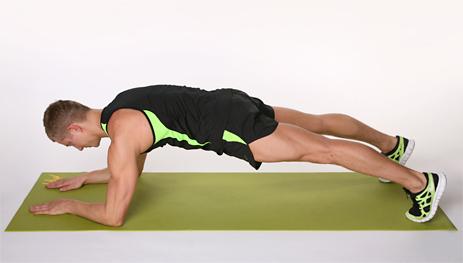
Error: bending at the back, you increase harmful compression on the vertebrae of the lumbar spine.
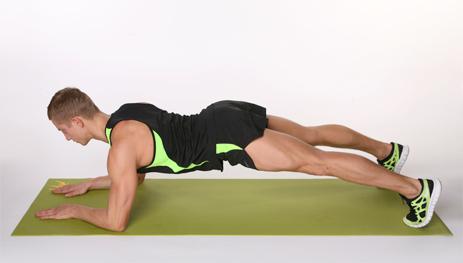
5. The rise of the body to the knee Area: the press, the front surface of the thigh.
Technique: lie on your back, bend your legs at a right angle and Kruglaya back, lift your body, stretching your arms forward until the hands touch the knees.
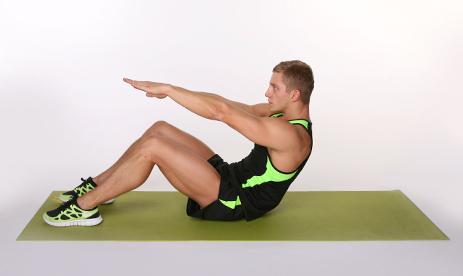
Error: the lifting body with a straight back and especially with a deflection not only reduces the required load on a press, but can also injure the muscles of the lower back.
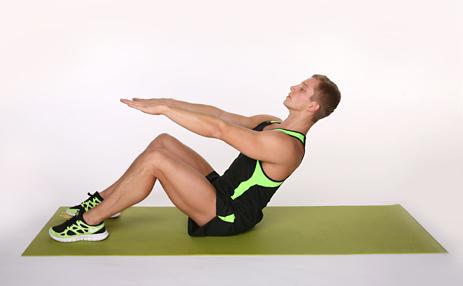
6. The bent leg back Area: the back surface of the hips, buttocks, calves press, muscle-stabilizers.
Technique: stand on your toes and follow focus hands on the table, standing front, body leaned forward 15-20 degrees. Take one foot back, avoiding deflection in the lower back and not bending at the hip joints. Pull the toes toward you and bend the leg at the knee.
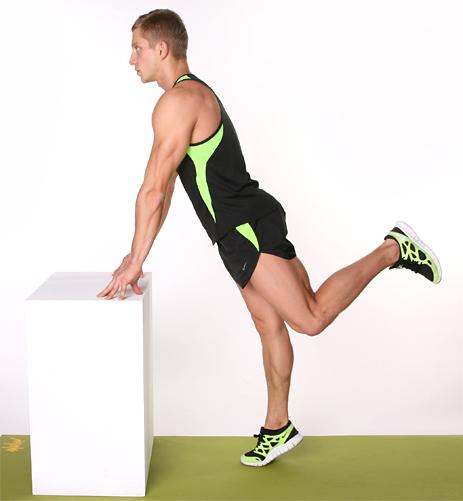
Error: if you bend at the waist, back muscles take some of the load from the hip and there is an overload of the lumbar vertebrae. In addition, the exercise becomes much less effective due to the fact that the deflection takes the knee of the working leg forward.published
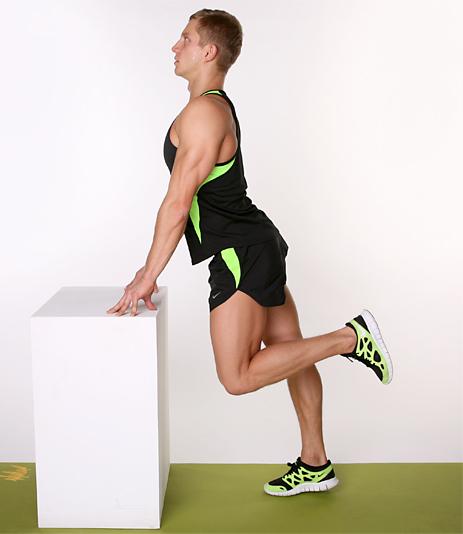
Author Ilya Mizgirev
P. S. And remember, only by changing their consumption — together we change the world! © Join us at Facebook , Vkontakte, Odnoklassniki
Source: www.jv.ru/news/zaniatiia/fotokomplieksy/30507-fitnes-dlya-problemnih-zon-osnovnie-oshibki-foto.html
As this is fitness for problem areas, emphasis is placed on the stomach, hips, buttocks, thighs and triceps. And in order to workout was effective and safe, you need to know which errors are these exercises.
Fitness for problem zones requires attention not only to those areas on which we will work. When we dream about the elastic buttocks and sweat in training for the relief of the triceps, we often completely forget about those areas of the body that must protect from injury. The most vulnerable of them is the knees and the spine, especially the lower back. There's a simple explanation: working with the buttocks and hips, we do a lot of different slopes and flexions of body and legs, and the wrong accent could easily move the load, for example, from the buttocks to the lumbar vertebrae.
Whatever activity you may perform, body always tries to involve all resources and all your muscles. But if we want to get fitness for problem zones, you need to follow the main principle — to isolate the right muscles and only work them. For example, if the exercise is aimed at stretching the gluteal muscles, you can not help yourself by bending the lower back. This not only will minimize the effect of exercises but also can hurt.
So, what mistakes should not be allowed in the fitness for problem zones? Let us examine the basic exercises.
1. Tilt bodyArea: back, buttocks, posterior surface of the thighs.
Technique: stand straight, place your feet hip distance apart, fold your hands behind your head. Slightly bending the knees, lean forward to the point, while the back will remain flat.

Error: Kruglaya the back, you risk to stretch or tear the muscles of the back, waist and neck, and straightening legs to stretch the hamstring ligament.

2. SquatsZone: hips, buttocks, back.
Technique: stand straight, fold your hands behind your head and, averting the pelvis back, bend your knees to right angle. The knees should move in the same direction, where the deployed foot. Pull the elbows back — this will help keep the back in a level position.

Error: Kruglaya the back, you risk to stretch or tear the muscles of the back, and taking the knees inward to overload the patellar ligament.

3. Squats in the lungeArea: the buttocks, back and front thighs, abs, back.
Technique: take a lunge forward, lock the knee of the front leg above the heel, expand the heel of the back leg to the ceiling, draw the abdominal muscles, not bending at the waist. Slightly averting the pelvis back, lower knee of the back leg to the floor by tilting your body forward and without bending your waist.

Error: if you get the knee of the front foot forward a foot and Kruglaya the back, there is a danger of damaging the knee ligaments and back muscles.

4. PlanckAreas: abs, back, arms, buttocks.
Technique: take the emphasis lying with support on elbows and socks, put your forearm forward. Draw the abdominal muscles, stretching the lower back and slightly Kruglaya the entire rear surface of the body.

Error: bending at the back, you increase harmful compression on the vertebrae of the lumbar spine.

5. The rise of the body to the knee Area: the press, the front surface of the thigh.
Technique: lie on your back, bend your legs at a right angle and Kruglaya back, lift your body, stretching your arms forward until the hands touch the knees.

Error: the lifting body with a straight back and especially with a deflection not only reduces the required load on a press, but can also injure the muscles of the lower back.

6. The bent leg back Area: the back surface of the hips, buttocks, calves press, muscle-stabilizers.
Technique: stand on your toes and follow focus hands on the table, standing front, body leaned forward 15-20 degrees. Take one foot back, avoiding deflection in the lower back and not bending at the hip joints. Pull the toes toward you and bend the leg at the knee.

Error: if you bend at the waist, back muscles take some of the load from the hip and there is an overload of the lumbar vertebrae. In addition, the exercise becomes much less effective due to the fact that the deflection takes the knee of the working leg forward.published

Author Ilya Mizgirev
P. S. And remember, only by changing their consumption — together we change the world! © Join us at Facebook , Vkontakte, Odnoklassniki
Source: www.jv.ru/news/zaniatiia/fotokomplieksy/30507-fitnes-dlya-problemnih-zon-osnovnie-oshibki-foto.html
